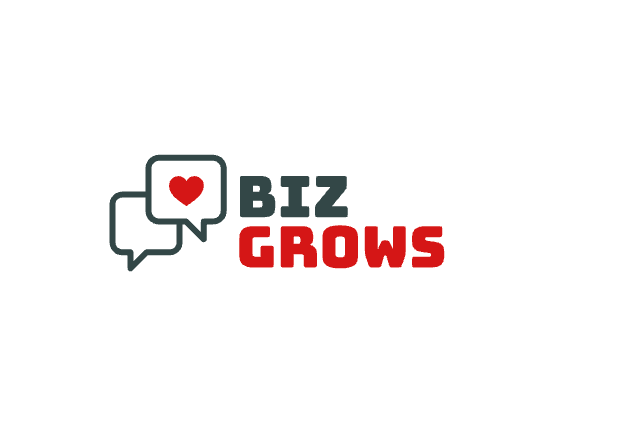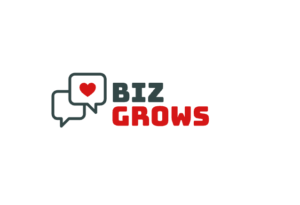It is essential and helpful to include various types of visual communications in a virtual event. Moreover, you can get numerous ways to add these with the best virtual fair platform. So, all you need is the knowledge to prepare and include these visuals in your event.
Hence, 8 Types of visual communications that you can include in your virtual fair explained are as follows:
-
Infographics
It is essential that you know and uses various types of visual communication. So, it can be helpful for better business promotion and branding at the virtual fair platform. Moreover, you can use infographics. You can create several infographics in just 5 simple steps.
Step 1: Start by outlining all the aims you are targeting with creating your infographic. Moreover, use a proper structure, highlight the key factors, use Gantt charts and jot down all the risk factors using a breakdown structure. It will make your project schedule easy.
Step 2: Now, collect as much data as possible for your infographic. Moreover, you need to share complete information about the event date, time, and agenda.
Step 3: You can make the data visualizations for your infographic with the ICCORE method. Moreover, it stands as inform, compare, change, organize, reveal relationships, or explore.
Step 4: Use an infographic template to create your layout perfect and more appealing. Moreover, follow the proper flow and grid layout for your infographic.
Step 5: You need to pick the best fonts and use repetition, consistency, and alignment. It will help to add style to your infographic design. Moreover, it will be helpful to make it stand out on a virtual job fair platform.
-
Process Diagrams
You can communicate easily with a process diagram. It can be helpful to display a proper procedure from start to end in a good flow. Moreover, you can showcase various types of process charts on the virtual trade fair platform. For instance, you can use flowcharts, mind maps, process infographics, workflow diagrams, customer journey maps, case diagrams, etc. So, with a proper combination of colours and content, you can create the best process diagram. It can make better visual communication and promotion of your virtual fair.
-
Flow Charts
You can use a flowchart to display a step-by-step process clearly for the attendees at your virtual exhibition platform. Hence, here are some tips for you.
- You can use consistent design elements, like shapes, lines, and texts, in order to create a better flow chart.
- Do not fill your flow chart with a lot of content or design. Moreover, try keeping everything on one page with attractiveness.
- You can try creative ways to display the flow on your chart. But it is always best to keep the data flow from left to right.
- Trying a split path will be easy to understand and proper flow of content. So, you can prefer the split path on a traditional decision symbol.
- You can use the return lines to display the return flow if there are any. Place these lines under the flow diagram.
- Roadmaps
You can display business initiatives with the end goal, steps to take, and milestones to reach along the way in a roadmap. Also, you can create and showcase the roadmap for all the products available at your virtual fair platform. 7 Tips for roadmaps are as follows:
- Keep your focus on the goals and outcomes
- Execute the necessary prep work
- Use a coherent story
- Keep it short and simple
- Fortified and strong acceptance
- Show data wherever required
- Keep the roadmap measurable
Additionally, you have to display the long & short-term objectives, tasks, milestones, and dependencies. Also, as the resources required & their allocation strategy, a timeline of the project’s life cycle, and risk factors & challenges.
-
Charts and Graphs
Charts and graphs are the best way to create and maintain visual communication with your audience. You can also use these elements for better branding at your virtual job fair platform. So, 7 Tips for using the graphs and charts are as follows:
- Highlight key data points
- Simplify your slides
- Always make your pie charts easy to understand
- Use PowerPoint 2010 to create better-looking graphs
- Avoid embedding sensitive data
- Convey data in other ways
- Use different props to convey data
-
Visual Reports
When you add some visuals to your reports, it becomes a visual report. So, it can be anything from images to website links, videos links, gifs links, and other links. Moreover, you can create such visual reports. Also, you can provide them to the attendees via the virtual fair platform.
- Make the information easy to digest with a proper balance between the text and visuals.
- Draw the audience’s attention to key points with a single highlight color.
- Make your report easy to navigate by creating and providing a clear text hierarchy.
- Use charts, like bar, line, bubble, and pie charts.
- Make a cohesive report design by including your branding for visualization
- Increase the optimal readability with a 2-column layout
- Use detailed tables and graphs in your appendix
-
Presentations
The best virtual exhibition platform always provides the document presenter for the speaker. So, it can be helpful to share and display all the presentations prepared by the experts for the session. They can use it during the virtual fair for better discussion. Considering these tips, check out a few slideshow maker tool available online that would make your presentation attract more audience..
- Less text and more visuals
- Use one core message
- Avoid information that doesn’t support the core message
- Maintain your focus using a strong presentation outline
- Reinforce with text and avoid repetition
- Keep a key takeaway per slide
- Highlight the key message on each slide with proper visuals
- Orient and engage your audience using the scaffolding slides
- The emphasis on the text size, weight, and color
- Avoid distraction with a consistent design choices application
- Use topics to split the group presentations
- Keep your audience’s interest by providing a variety of page layouts
- Get started using the presentation templates
- Share inspiring people as an example in your presentations
- Add poignant questions to the dedicated slides in your presentation
- Inspire your audience with various quotes
- Use text and images to emphasize the key points
-
Mind Maps
You can organize information in a hierarchy and show relationships among pieces of the whole using mind maps. Moreover, the best virtual fair platform supports such documents in their library. Also, it will be accessible to view and download for audiences. Hence, here are some basics of mind maps you may find helpful in creating one.
- Central theme
- Associations
- Curved lines
- Keywords
- Proximity
- 7 Associations
- Color & images
So, these are the various common types of visual communications that you may find helpful to include in your virtual fairs.
Also, read Anxiety Counselling Services In Singapore


